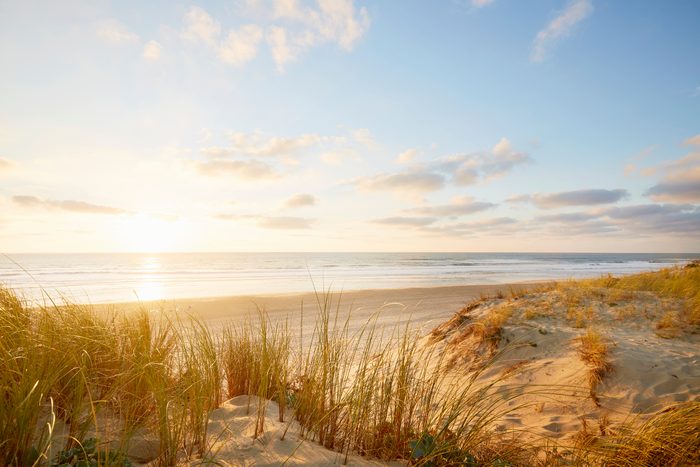
When is the summer solstice 2023?
This year, the summer solstice falls on Wednesday, June 21 at 10:57 a.m. EDT. In the Northern Hemisphere, the summer solstice is the longest day of the year and occurs when the sun crosses its highest and northernmost points in the sky. This day is the most sunlight we will receive all year! If you’re asking “when is the first day of summer?” note that the summer solstice marks the first day of summer for Northern Hemisphere dwellers (meaning they fall on the same day). So yes, you can start bookmarking summer quotes and summer memes to share with friends and family in celebration of sun-filled days ahead.
There’s plenty more to know about the first day of summer though. Read on to learn key facts about the summer solstice and its impact on the world. Then, check out what the summer solstice means for your zodiac.
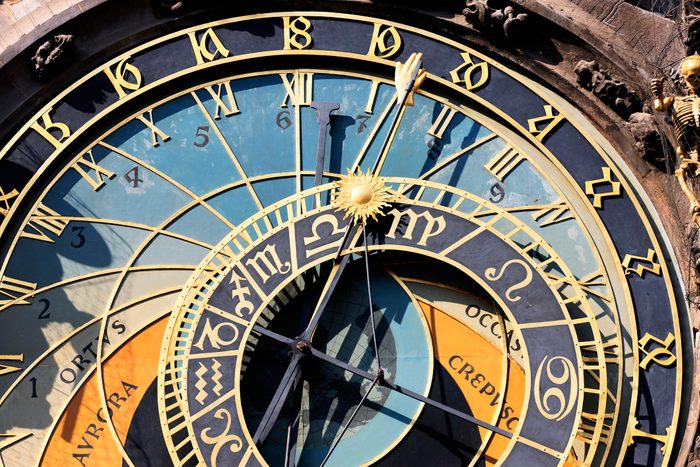
The summer solstice isn’t always on the same day
Unlike Christmas or Valentine’s Day, which fall on the same calendar date every year, the summer solstice varies by a few days. This is because the date doesn’t depend on the human calendar but on the physics of our solar system. The summer solstice is exactly when the sun reaches its northernmost point from the equator. Based on our current orbit, the date rotates between June 20, 21 and 22.
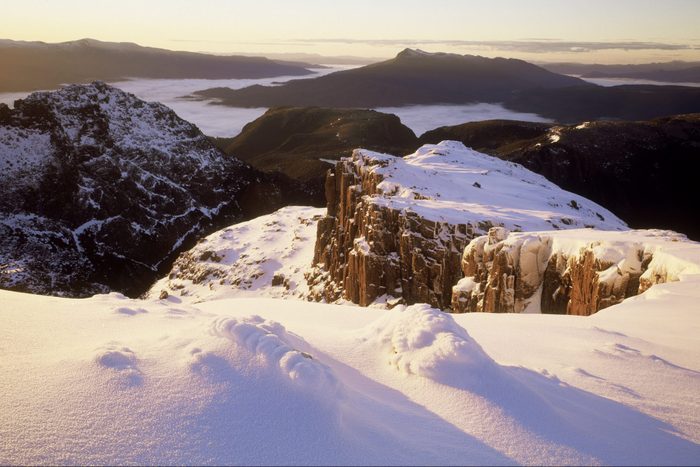
When it’s summer in the north, it’s winter in the south
During the summer solstice, the North Pole is tilted closest to the sun. In the Southern Hemisphere, it’s the opposite, so the South Pole is tilted farthest from the sun. That’s why when it’s the summer solstice in the north, it’s the winter solstice in the south. The winter solstice in the Northern Hemisphere is also the same day as the summer solstice in the Southern Hemisphere.
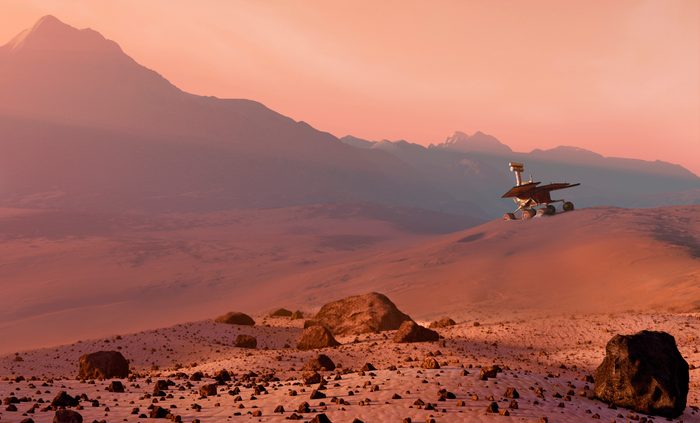
The summer solstice isn’t exclusive to Earth
All the planets in our solar system have summer solstices. On Mars, the solstice occurs a few days after Earth’s, in June. On Uranus, the summer solstice happens once every 84 years. The next one will occur on October 9, 2069! Each season lasts for 21 years, which makes for one long winter.
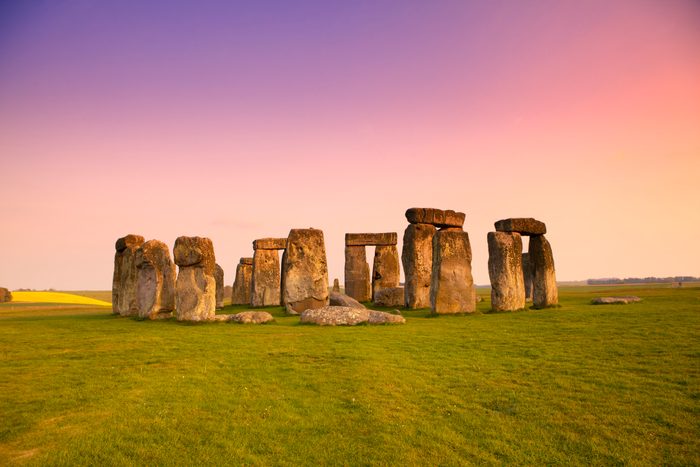
One of the Seven Wonders of the World may have been built around it
Here’s an ancient mystery to mull over: Stonehenge in England is thought to have been constructed to celebrate the summer solstice. To this day, tourists flock to the ancient site to witness the sunrise right through the center stone during the summer solstice.
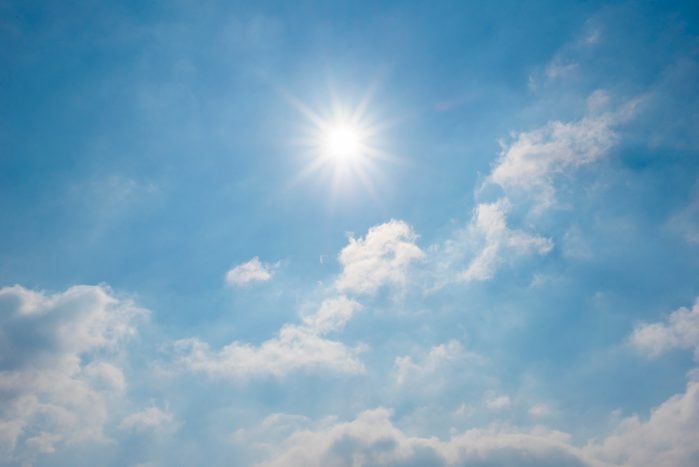
The word “solstice” comes from Latin
“Solstice” comes from the Latin words for “sun stand still,” because the sun will reach its highest point at noon on that day and appear not to move for a short period of time.
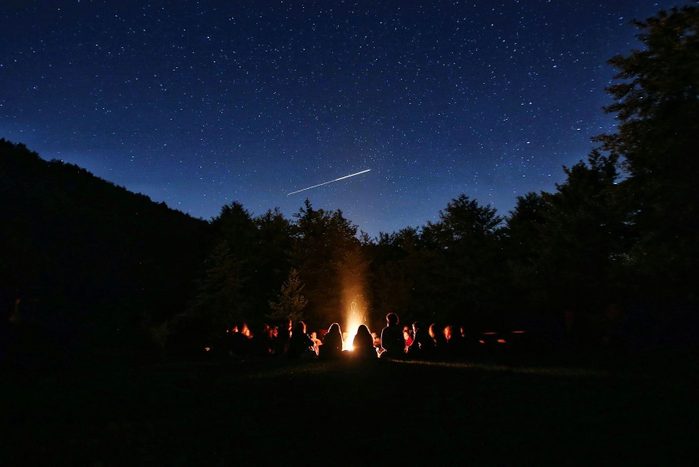
The summer solstice goes by many different names
In northern Europe, the summer solstice is often referred to as Midsummer, while Wiccans and other Neopagan groups call it Litha. Some Christian churches recognize the summer solstice as St. John’s Day, to commemorate the birth of John the Baptist. Here are some fascinating summer solstice traditions from around the world.
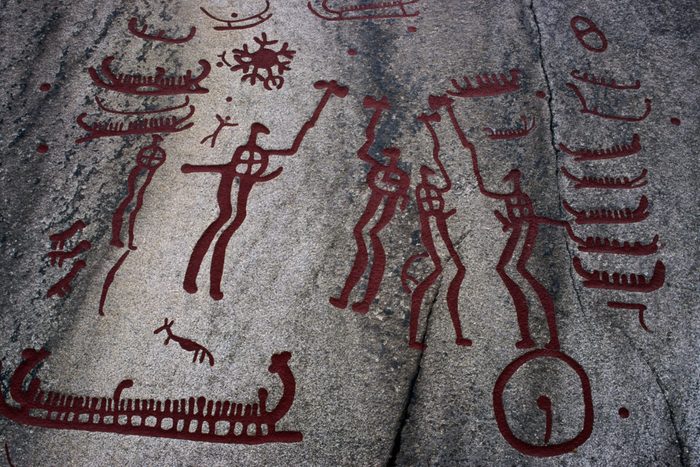
The bright day has a dark history
Many ancient cultures worshiped the sun and/or had deities or rulers called Sun Kings and practiced ritual human sacrifice, especially at the solstice. The Vikings were said to have hung dead human and animal bodies from trees as an offering to the gods. Thankfully, this tradition hasn’t survived the passage of time. Check out these weird (but awesome) things that happen in the summer.

Those flower garlands aren’t just for show
According to pagan folklore, evil spirits would appear on the summer solstice. To ward them off, people would wear protective garlands of herbs and flowers. One of the most powerful of these plants was known as “chase devil,” today referred to as St. John’s Wort.
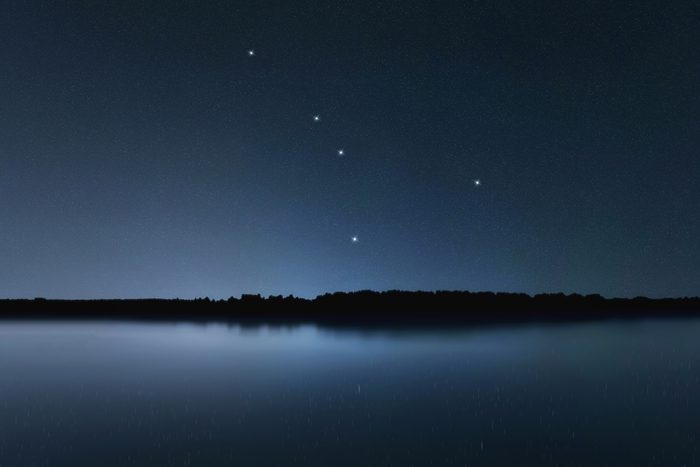
It’s how the Tropic of Cancer got its name
The Tropic of Cancer got its name because when the ancients established the day, the sun appeared in the constellation Cancer. The Tropic of Cancer is the northernmost point on Earth, where the sun’s rays appear directly overhead at local noon on the summer solstice.
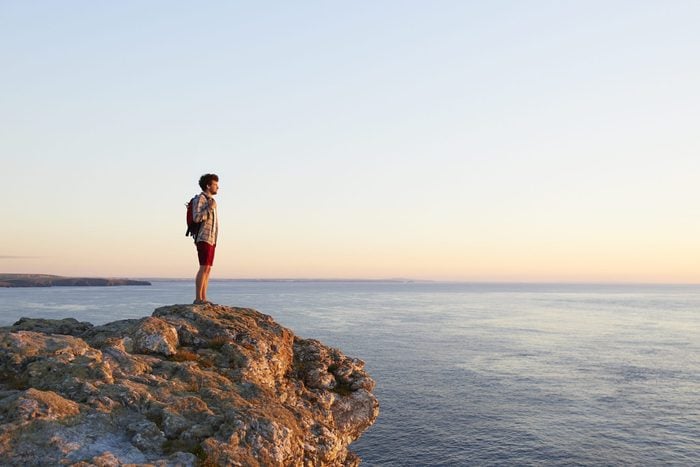
You can watch the sun “not set”
In northern Iceland, you can perch on a cliff overlooking the sea and physically watch the sun “not set,” says Ryan Connolly, co-founder of Hidden Iceland. “The sun dips all the way down to the horizon, brushes the water then starts to rise again.” Iceland is the only place outside of the Arctic Circle where you can experience this phenomenon, according to Connolly.
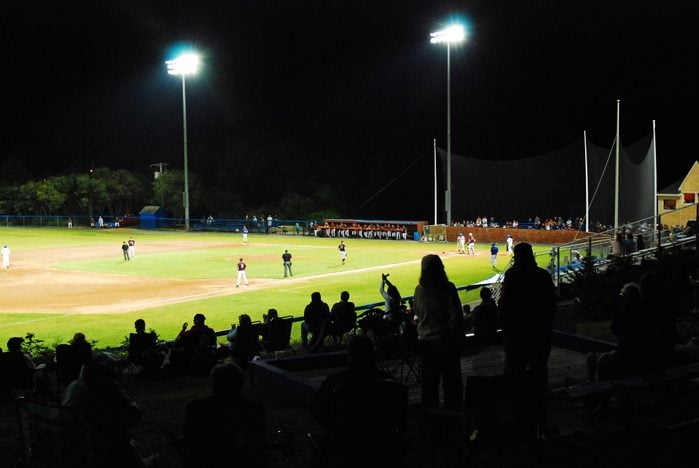
Midnight sports are a thing during the summer solstice
In Alaska, the summer solstice is celebrated with a midnight baseball game. The game starts around 10 p.m. and goes into the next morning. This tradition started in 1906, and 2023 marks the 118th game. Or, if you prefer a nine-iron, head to Iceland for a round of midnight golf.
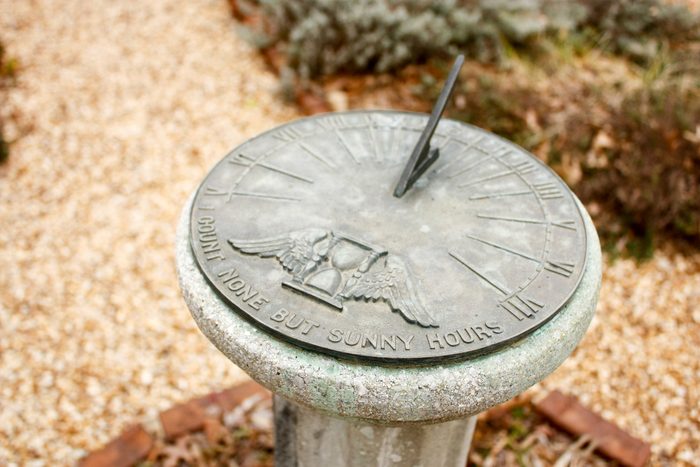
No shadows during the summer solstice!
If you’re somewhere in the Tropic of Cancer during the solstice, you’ll note that at the stroke of noon, you won’t see any shadows. That’s because that is the precise time when the sun is directly overhead at a 90-degree angle to the Earth. It’s a great time to play a prank on your friends by sneaking up on them.

More sunlight doesn’t mean more heat
While the Northern Hemisphere receives more sunlight on the summer solstice than on any other day of the year, that doesn’t mean the first day of summer is also the hottest. Even though the planet absorbs a lot of sunlight on the summer solstice, it takes several weeks to release it. As a result, the hottest days usually occur in July (just in time for Independence Day) or August.
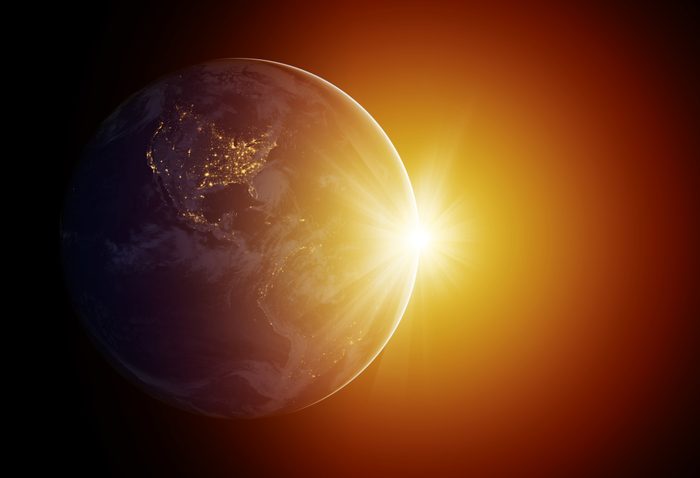
Earth is nowhere near the sun
Another popular misconception is that during the summer solstice, Earth is the closest it can get to the sun. In reality, the planet reaches this point, also called the perihelion, about two weeks after the winter solstice. On the summer solstice, the Northern Hemisphere is actually near the furthest point from the sun, or the aphelion.
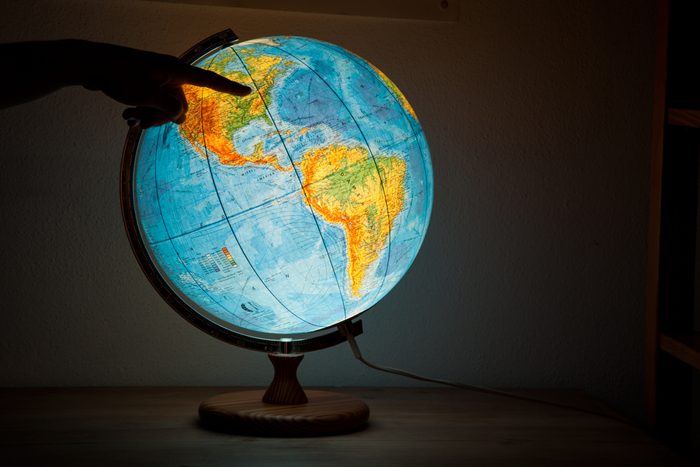
The planet’s tilt causes all the sunlight
The tilt of the Earth has more influence on the seasons and the amount of daylight we get than does our planet’s distance from the sun. Earth maintains its tilt as we circle the sun, so for half the year (spring and summer), the Northern Hemisphere faces the sun more directly, while the Southern Hemisphere faces away from it. As we circle around and the Northern Hemisphere tilts away from the sun, we experience winter while the Southern Hemisphere experiences their summer.
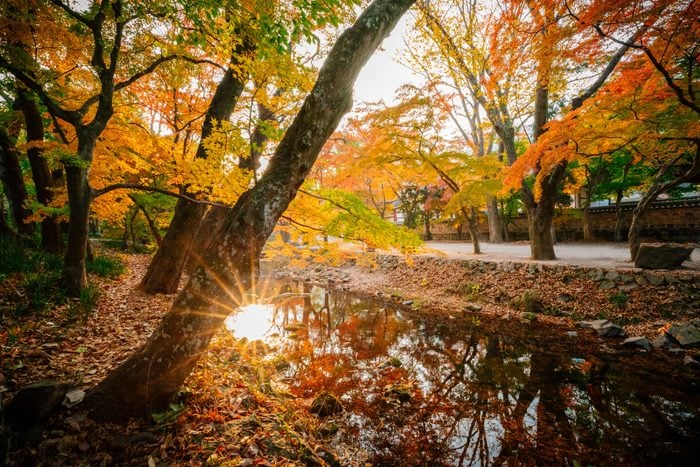
The days halfway between solstices are called equinoxes
The half of the year when the Northern Hemisphere is facing the sun starts with the spring equinox (which was March 20 this year) and ends with the fall equinox (September 22 this year). On those days, there’s just about the same amount of daylight and darkness because the Earth is tilting in such a way that neither hemisphere is receiving more light.
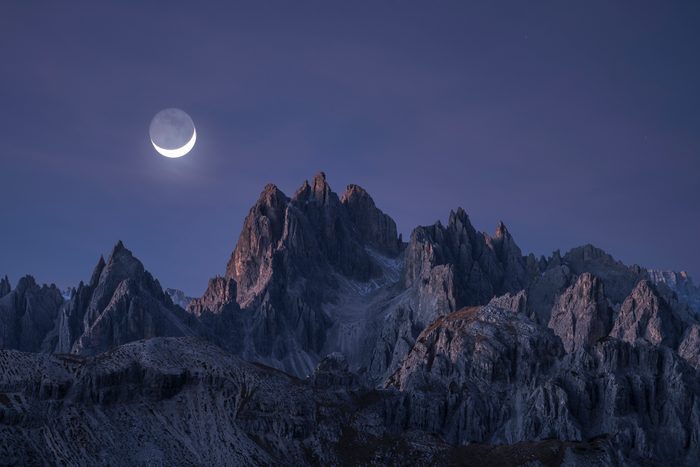
The Earth’s tilt was probably caused by a major collision in space
When a Mars-sized object (named Theia by scientists) crashed into Earth 4.5 billion years ago, the resulting debris is thought to have collected in orbit around our young planet until it coalesced into the moon. The Earth, meanwhile, might have been knocked over at a 60- to 80-degree angle and made to spin about ten times as fast as it does today. It’s been stabilizing ever since, and we’re now spinning on a 23.5-degree angle, which causes our seasons.
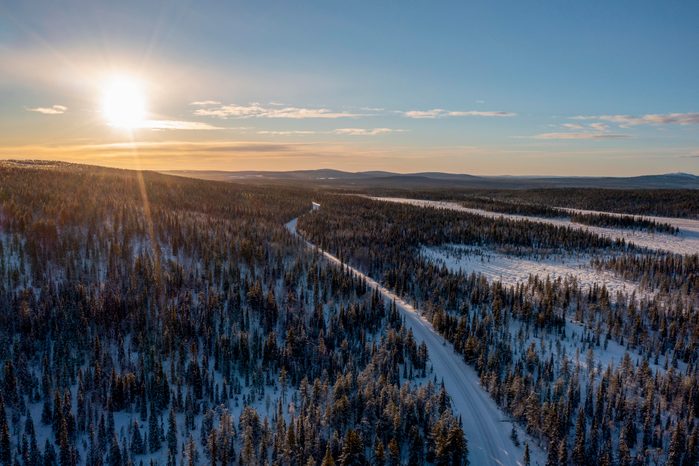
Different latitudes get different amounts of sunlight on the solstice
The longest day of the year at the equator (around 12 hours) will never be as long as the longest day at the North Pole (24 hours). In fact, at the equator, the amount of daylight really doesn’t change at all over the entire course of the year. In the United States on the solstice, for example, in southern Texas, you’ll get a little less than 14 hours of daylight; in northern California or Pennsylvania, you’ll get more than 15 hours; and in Washington and Maine, you’ll get almost 16 hours.
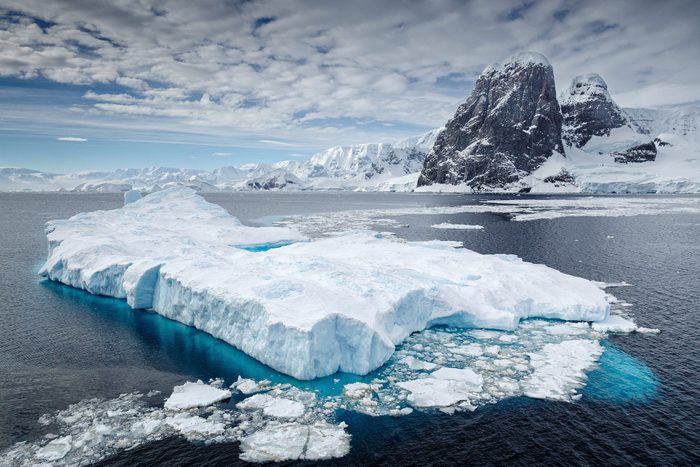
The longest day ever was back in 1912
The Earth’s spin has been slowing down for the past four billion years, ever since the big smash-up with Theia that created the moon. About 350 million years ago, one rotation of our planet lasted 23 hours, and now it’s up to 24. Other factors can speed up Earth’s rotation, including melting glacial ice, earthquakes and seasonal wind changes. The longest day that’s ever been measured was in 1912, and it was almost four milliseconds longer than 24 hours.
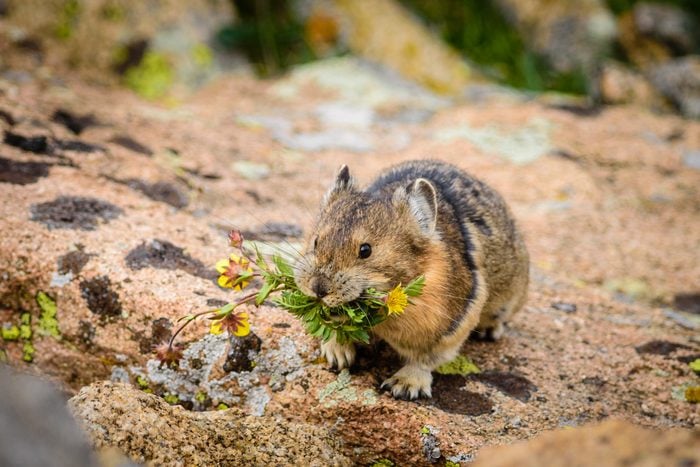
Animals in higher latitudes make the most of the longest summer days
“Generally, there’s a lot of food for a short period of time, and animals have adapted to take advantage of those windows,” Thomas Jung, a senior wildlife biologist with the Yukon Government, told Up Here magazine. Pikas, which are rabbit-like mammals, busily store piles of food under rocks for the darker times of the year, and birds that normally do most of their singing around dawn keep calling all day and night.
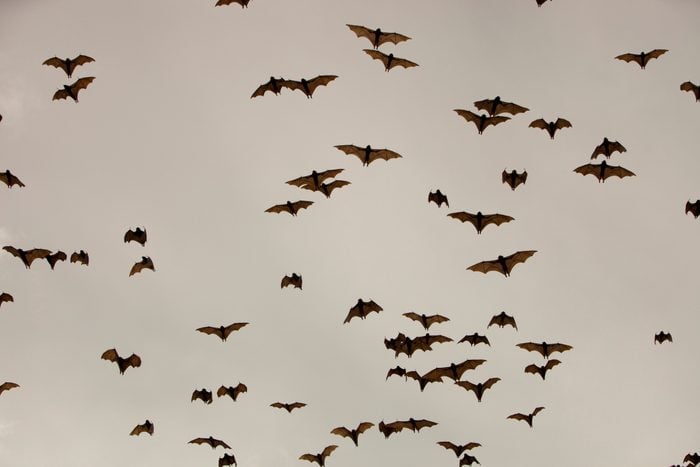
Nocturnal animals have to get a lot done in hardly any time
Alaska’s Chugach National Forest gets more than 20 hours of sunlight on the summer solstice, which leaves very little time for its resident bats to find food. One study found that they started hunting a little earlier and kept hunting a little later when they were far from buildings and roads—probably because those areas have less artificial light and more shady cover. Another researcher in Canada found that bats there spent less than two hours hunting on the solstice.
Good thing there are more bugs out in summer for them to eat! If you’re trying to keep the mosquitos away this summer, consider planting these mosquito-repelling plants.
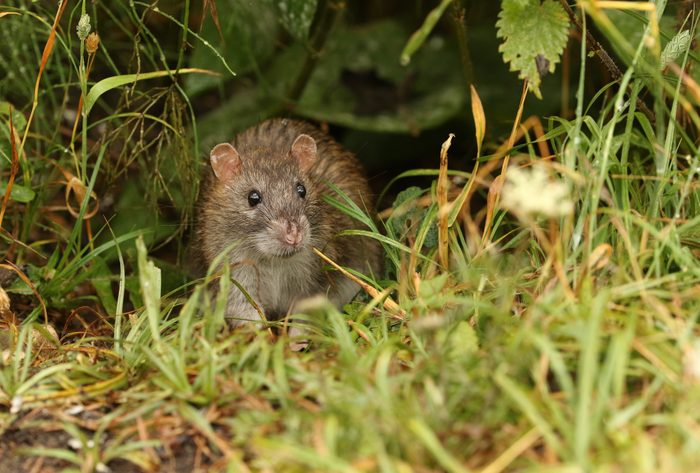
Rats get summertime blues
Some humans get sad and anxious during the winter when there’s little daylight, and it turns out that nocturnal rats can have the opposite reaction. “For a rat, it’s the longer days that produce stress, while for us it’s the longer nights that create stress,” Nicholas Spitzer, a University of California-San Diego biology professor, told the university’s news center. In his study, rats that were exposed to 19 hours of daylight and only five hours of darkness were less likely to explore the open end of a maze and less willing to swim.
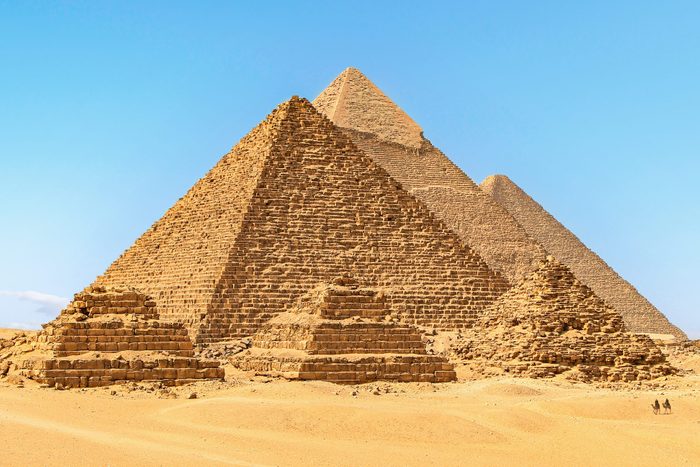
Ancient Egyptians might have marked the summer solstice when building the pyramids
Mark Lehner, an Egyptologist and Sphinx expert, has observed that when a person stands near the Sphinx on the summer solstice, the sun looks like it’s setting halfway between the pyramids Khafre and Khufu. The sight is remarkably similar to a hieroglyph called akhet, which translates roughly as “horizon.” Pretty impressive!

Ancient Greeks used the summer solstice to figure out the size of the Earth
During the third century BC, Greek astronomer and mathematician Eratosthenes (who also worked as chief librarian for the Library of Alexandria) knew that the sun on the solstice would be directly overhead in the town of Syene (now known as Aswan), Egypt, which lies almost directly on the Tropic of Cancer. North of Syene, in Alexandria, the sun always casts a shadow (even on the solstice), so Eratosthenes realized he could use the sun’s angle in Alexandria and the known distance between the two cities to figure out the Earth’s circumference. He was very close to the figure we now know to be accurate (24,902 miles), and he also figured out the Earth’s tilt!
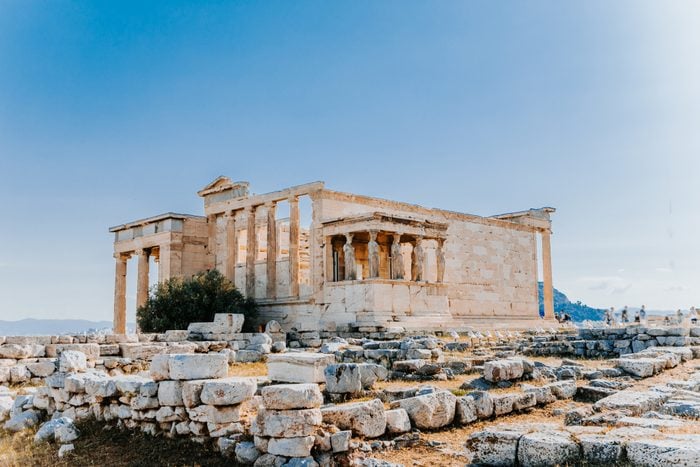
Ancient Greek slaves were allowed to party on the summer solstice
By some calendars, the Greeks marked the beginning of a new year on the solstice, and they celebrated the festival of Kronia in honor of the god of agriculture, Cronus. During the celebration, for just that one day every year, enslaved people were allowed to join in the feasts and games as equals with the free people.
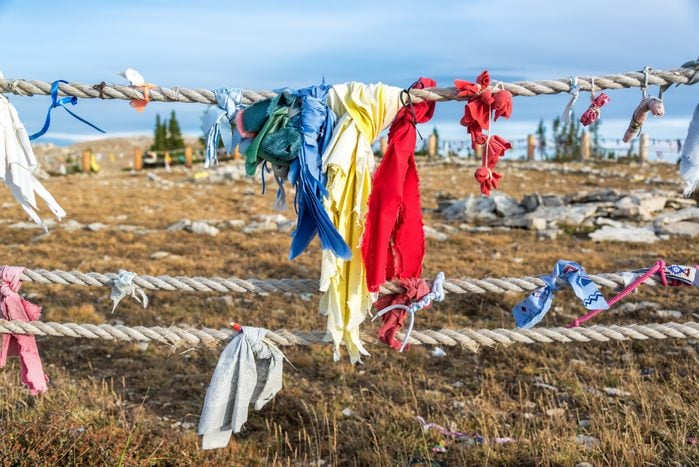
Plains Indians in Wyoming tracked astronomical events
The Bighorn Medicine Wheel in Wyoming is a 28-spoked stone diagram laid out at the top of Medicine Mountain in the Bighorn National Forest. Researchers think it was built by Plains Indians between 300 and 800 years ago, and it could predict where the sun and other bright stars would appear in the sky. Two aligned points show where the sun rises and sets on the summer solstice, and other lines of sight track the stars Sirius, Rigel and Aldebaran.
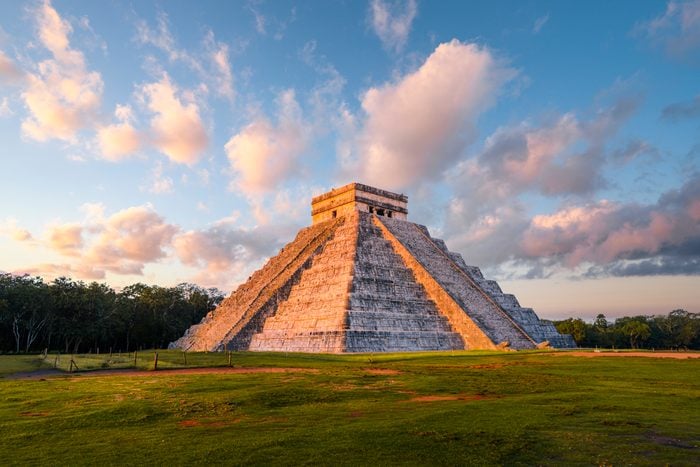
The Maya built monuments to the sun and stars
El Caracol is considered the observatory at the Mayan city of Chichén Itzá in the Yucatán jungle in Mexico. The structure’s front staircase corresponds with the northernmost position of Venus, and the building’s corners point toward the summer solstice sunrise and the winter solstice sunset. Another structure in Chichén Itzá was built so that as the sun sets during the spring and fall equinoxes, shadows form the illusion of a snake moving along the staircase.
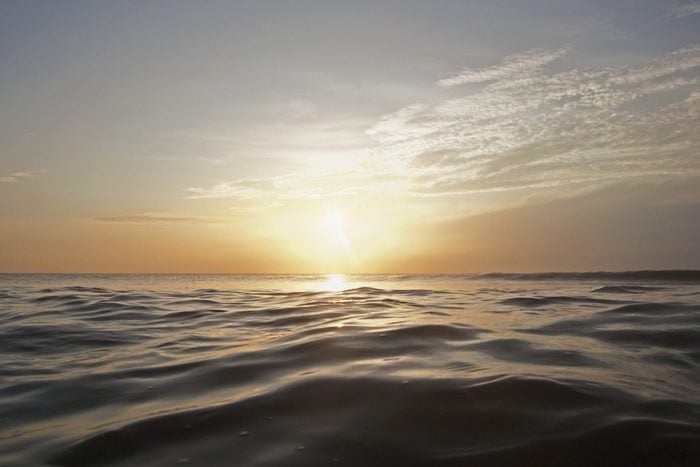
The earliest sunrise and the latest sunset don’t necessarily happen on the solstice
Even though the solstice happens on the day of the year with the longest continuous stretch of daylight, it isn’t actually the day with the earliest sunrise. That falls a few days earlier, and the day with the latest sunset comes a few days after the solstice. This, again, is a result of the Earth’s tilt.
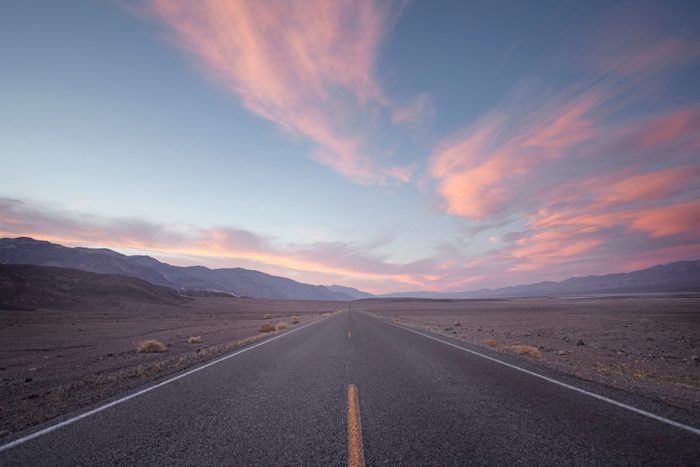
Dawn and dusk last longer on the solstice too
It’s not just the period from sunrise to sunset that’s extended on and around the solstice. It feels like twilight lasts a lot longer as well, and that feeling is accurate. The sun simply never goes quite as far below the horizon as it does in the winter, so it rises and falls at a shallower angle and gives us more light, even though it’s technically out of sight.

In St. Petersburg, Russia, the White Nights festival lasts a month
Daylight lasts almost 19 hours in St. Petersburg on the summer solstice, and Russia makes the most of it. During the White Nights festival, ballet and opera performances can start as late as midnight, and many events take place outdoors, where the light never completely fades to full darkness.

Shakespeare even wrote about the solstice
According to European legends, fairies and other mythical creatures were more likely to come out on the night of the winter solstice. This was likely the basis for William Shakespeare’s rowdy comedy A Midsummer Night’s Dream. (Remember: Midsummer is another name for the solstice.)
The story centers on Oberon, king of the fairies, his mischievous servant Puck, and the fairy queen Titania, who accidentally gets dosed with a magic potion that makes her fall in love with a human whose head has been transformed into a donkey’s. The fairies’ magic causes two human couples to fall in love with the wrong people, fight with each other unnecessarily and get lost in the forest. Most everything has returned to normal by morning, naturally.
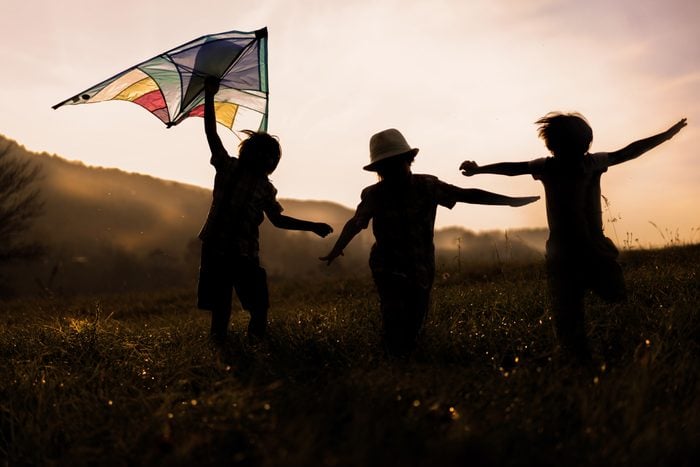
The summer solstice might be the happiest day of the year
A Cornell study that analyzed Twitter posts from about two million people around the globe found positive messages become more frequent as days got longer, and negative messages went up as days got shorter. More conclusive results showed people having identifiable peaks of happiness early in the day and then trending toward negativity in the evening, so make sure to really enjoy yourself the morning of the summer solstice. It’s the start of summer! That means it’s time to dust off your bathing suit, stock the freezer with ice cream and best of all: plan your vacation.
Additional reporting by Charlotte Hilton Andersen.
Sources:
- The Farmer’s Almanac: “Summer Solstice 2023: The First Day of Summer”
- NASA.gov: “Uranus”
- The Guardian: “Stonehenge was built on solstice axis, dig confirms”
- National Museum of Denmark: “The Viking blót sacrifices”
- History.com: “Summer Solstice”
- Ryan Connolly, co-founder, Hidden Iceland
- Major League Baseball: “The glory of the Midnight Sun Game”
- GolfIceland.org: “Midnight Golf”
- Smithsonian Magazine: “On the solstice, people in the tropics cast no shadow”
- National Geographic: “Everything you need to know about the summer solstice”
- Vox.com: “No, this winter solstice wasn’t the longest ever.”
- UpHere.ca: “What does 24 hours of light do to animals?”
- Northwestern Naturalist: “Observations of little myotis”
- UC San Diego: “Longer Days Bring ‘Winter Blues’—For Rats, Not Humans”
- Smithsonian Magazine: “Uncovering Secrets of the Sphinx”
- Atlas Obscura: “Bighorn Medicine Wheel”
- Science: “Diurnal and Seasonal Mood Vary with Work, Sleep, and Daylength”